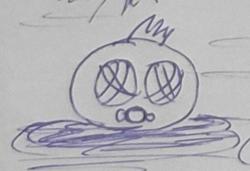Quote:Original post by Anonymous Poster
[...]
it is also too neat.
you have really got to let your hair down a bit and let the vectors start flying
I agree with this. But it does depend from person to person on how much you want to balance cool code versus cool output.
An immediate improvement is to call CVertex something else. Perhaps CDefaultVertex. Also, the float x,y,z should be encapsulated within a vector of three floats, D3DXVECTOR3 or your own, possibly named "position". I say this because you'll eventually have more than one vertex type and possibly multiple positions in the programmable pipeline. But, I guess it's perfectly fine for an engine of this size.








